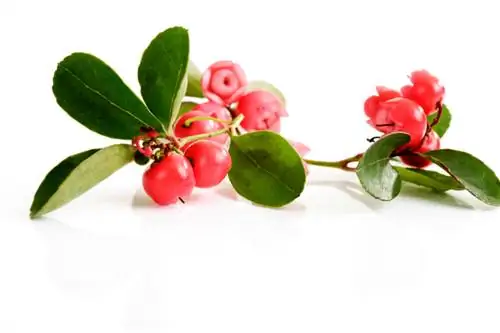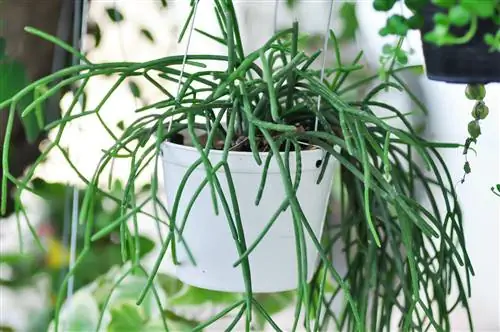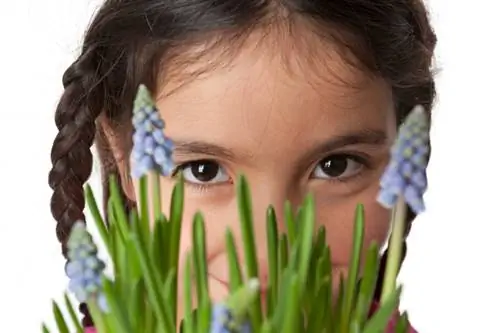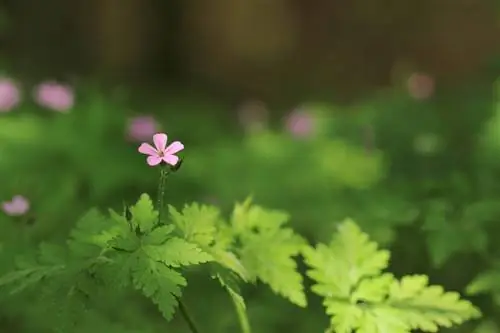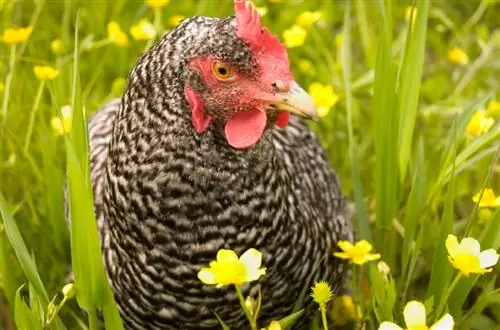- Author admin [email protected].
- Public 2023-12-16 16:46.
- Last modified 2025-01-23 11:20.
Partridge berry, also known as mock berry, (Gaultheria procumbens) is grown as a ground cover because of its beautiful leaf color and decorative berries. The hardy perennial is not poisonous in itself. At most, eating large quantities of berries could cause mild symptoms of poisoning.
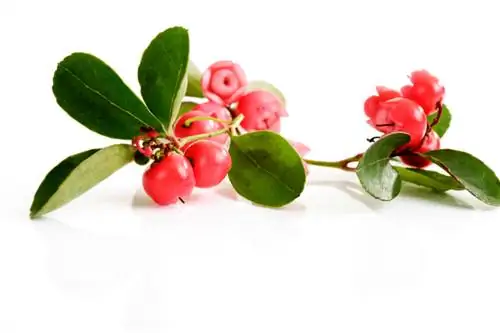
Is the partridge berry poisonous?
The partridge berry (Gaultheria procumbens) is only slightly poisonous and harmless when consumed normally. Symptoms of poisoning can only occur in large quantities. However, the red berries are inedible.
Partridgeberries are only slightly poisonous
You can plant the partridge berry in the garden without hesitation. Neither leaves nor fruits contain significant amounts of harmful substances.
Only if large quantities of oil extracted from partridge berries were consumed would there be a risk of poisoning.
The fruits of the partridgeberry are inedible
The perennial produces very decorative red berries in autumn, which often remain on the plant over the winter.
Theoretically, there is no harm if small children or animals snack on it. However, the berries are completely inedible, so it is unlikely that a child will put more than one in their mouth.
Tip
In natural medicine, extracts from the leaves and fruits of the partridge berry are used to treat rheumatic diseases and neuralgia.

